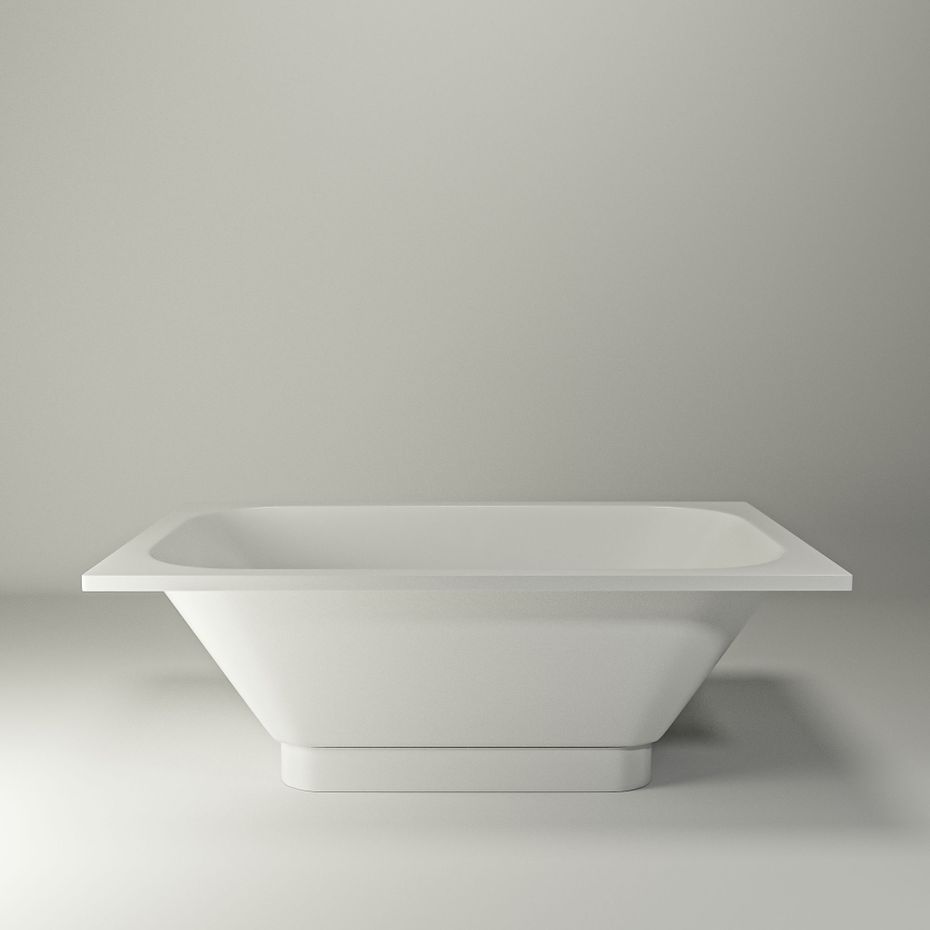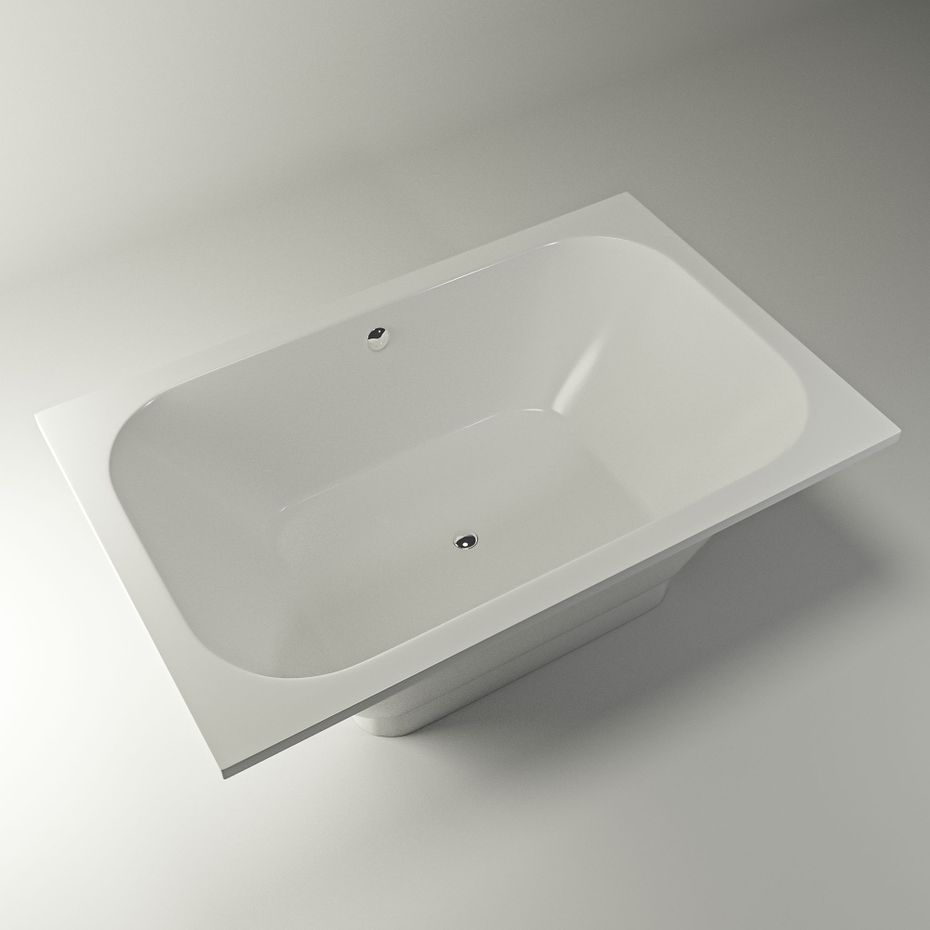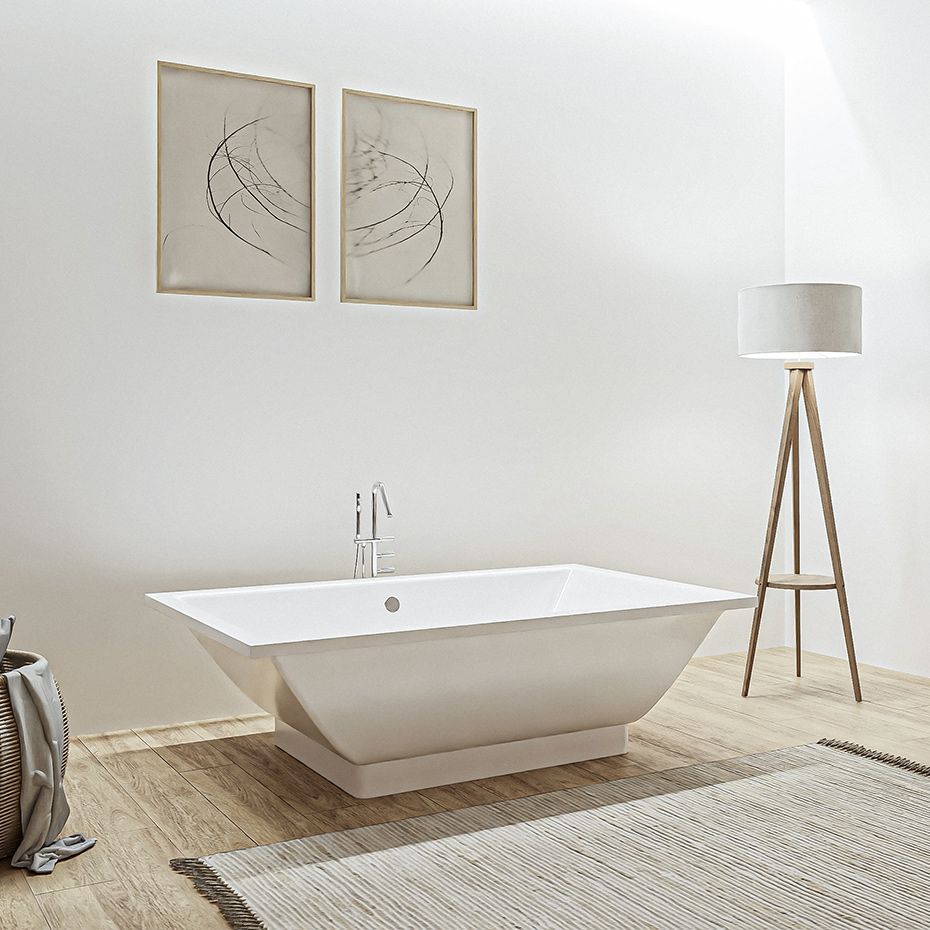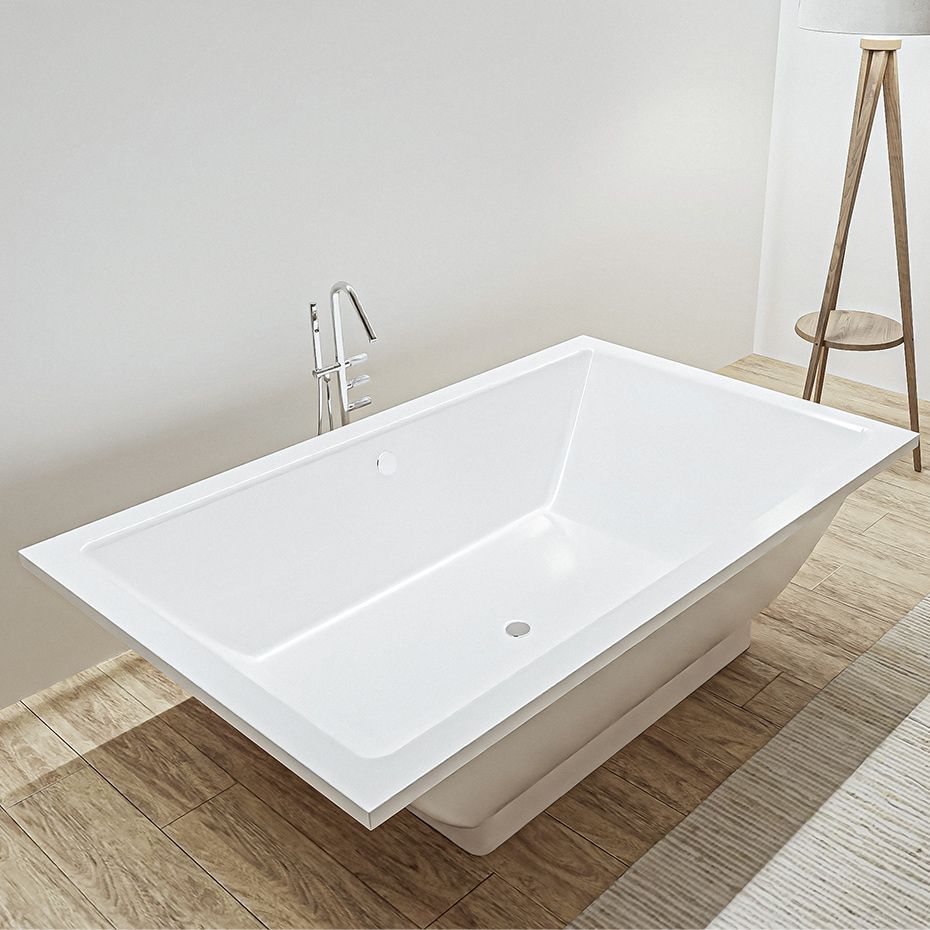Ula (Lithuanian: ULA) is a river in northwestern Belarus and southern Lithuania. It is a left tributary of the Merkys River and belongs to the Baltic Sea basin. Ula is a river of the plain type, characterized by a winding channel with numerous meanders. In the Varėna District of Lithuania, the Ula Valley features two notable water bodies: a small lake of the same name and the Ula’s Eye Spring. The Ula’s Eye spring is distinguished by its exceptionally clear, soft magnesium-calcium-bicarbonate water. As a unique hydrological site with low-mineralized healing water, the Ula’s Eye has been declared a natural monument.
Approximately 25 km of the Ula’s course flows through the Dzūkija National Park, where rare plant species can be found. Southeast of Zervynos, on the high left bank of the Ula, lies the Pavilniai Regional Park, which preserves unique landscapes, including the Pavilnys River with its suffosion valley. Additionally, traces of Stone Age settlements have been discovered around the Ula.
The river, with its scenic shoreline landscapes, sharp bends, swift currents, whirlpools, and fallen trees, is also popular among tourists. Canoeing and kayaking are possible year-round, with the river’s difficulty class rated as ZW (WW 1+), making it accessible even for beginners.











